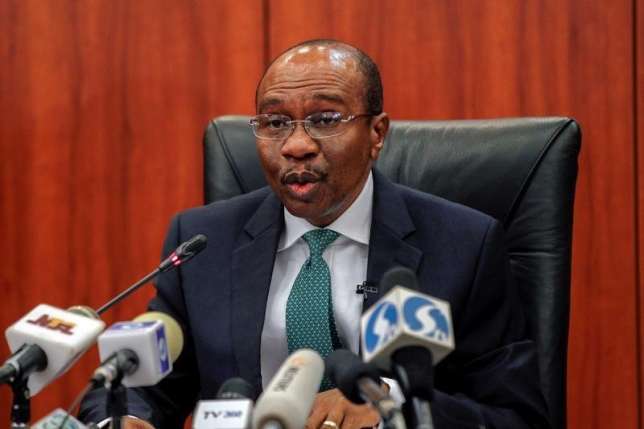
Buhari Pushes Emefiele for Second Term
Reports from the National Assembly indicate that President Muhammadu Buhari has nominated Godwin Emefiele for a second term in office as governor of the Central Bank of Nigeria (CBN).
Godwin Emefiele, Economic Confidential recalls, was first appointed in 2014 by former president Goodluck Jonathan and was retained by Buhari when he came to power in 2015.
Checks by Economic Confidential reveals that the letter for the tenure renewal has been signed by President Muhammed Buhari has now been sent to the Senate President in line with the CBN Act.
Emefiele, 57, was the group managing director of Zenith Bank Plc Before he was appointed in 2014 by Former president Jonathan.
The CBN under Emefiele’s leadership has been aggressive in building the country’s foreign reserves with a view to protecting the value of the naira and insulating the economy from external shocks.
Besides, Emefiele-led CBN has also been able to ensure exchange rate stability from over N525 to the dollar in February 2017, to about N360 to the dollar, on the parallel market. Foreign exchange supply has also improved since the establishment of the Investors’ and Exporters’ Window, with inflows of over $50 billion through the window alone from April 2017 to date. The purpose of the window, according to the apex bank, was to boost liquidity in the forex market and ensure timely execution and settlement for eligible transactions.
In disclosing the inflow figures, CBN’s Director, Corporate Communications, Mr. Isaac Okorafor, stated that out of the total amount, the apex bank purchased about $9.67 billion. The surge in the inflows to the I & E window was attributed to offshore investors’ interest in Nigeria’s fixed income securities.
As part of its development finance initiatives, CBN in the five years of Emefiele, made a series of interventions to support farmers as well as small and medium entrepreneurs. Notable amongst the intervention programmes is the Anchor Borrowers’ Programme (ABP). ABP is in line with apex bank’s developmental function. Essentially, it was aimed at creating a linkage between anchor companies involved in the processing and small holder farmers (SHFs) of the required key agricultural commodities.
